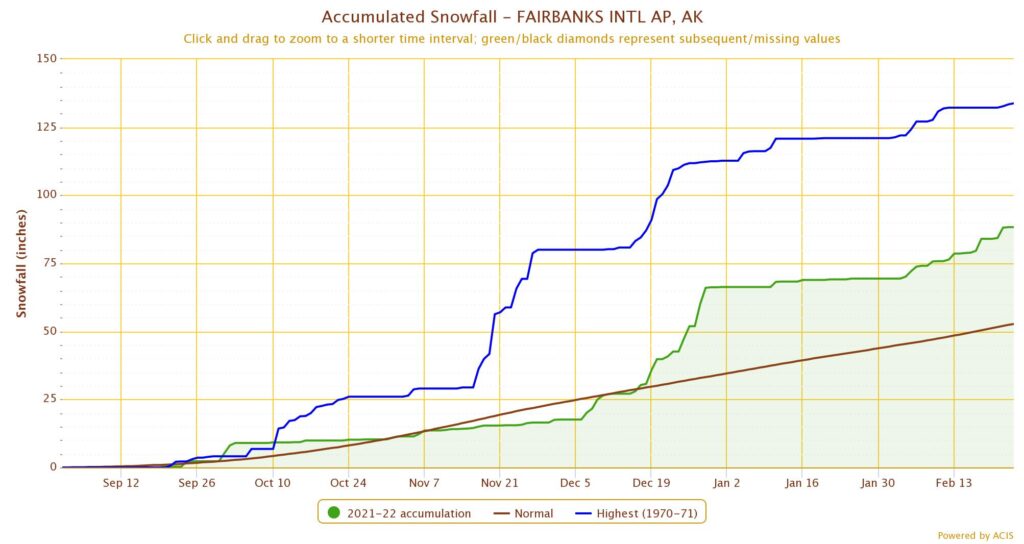The thin dotted lines are the corresponding average perceived temperatures. Anchorage, AK - Climate & Monthly weather forecast
Definitions of the growing season vary throughout the world, but for the purposes of this report, we define it as the longest continuous period of non-freezing temperatures ( 32F) in the year (the calendar year in the Northern Hemisphere, or from July 1 until June 30 in the Southern Hemisphere). City. The first snowfall of winter for Anchorage usually arrives in October. Anchorage in august: average Weather, Temperature and Climate anchorage average snowfall by month 3- Classes pack for $45 anchorage average snowfall by month for new clients only. Most days of snowfall in Anchorage leave less than an inch of fresh snow on the ground.
The coldest month (with the lowest average low temperature) is January (13.1F). For a given day and hour of that day, the background color indicates the azimuth of the sun at that moment. 'padding-right': '0px',
UAF is anAA/EOemployer and educational institution and prohibits illegal discrimination against any individual:www.alaska.edu/nondiscrimination/.
UA is committed to providing accessible websites. by | Oct 29, 2021 | peter hughes escape to the country | pinocchio's london road sheffield menu | Oct 29, 2021 | peter hughes escape to the country | pinocchio's london road sheffield menu The topography within 2 miles of Anchorage contains only modest variations in elevation, with a maximum elevation change of 177 feet and an average elevation above sea level of 48 feet.
Location

Gifted Conference 2022, Articles A
 Anchorage has a frost-free growing season that averages slightly over one hundred days. We draw particular cautious attention to our reliance on the MERRA-2 model-based reconstructions for a number of important data series.
Anchorage has a frost-free growing season that averages slightly over one hundred days. We draw particular cautious attention to our reliance on the MERRA-2 model-based reconstructions for a number of important data series.